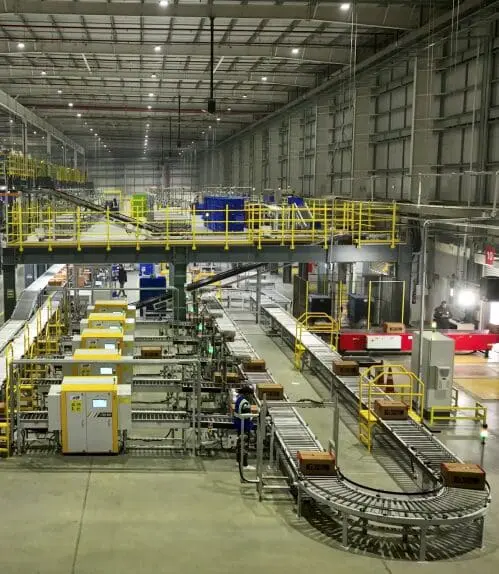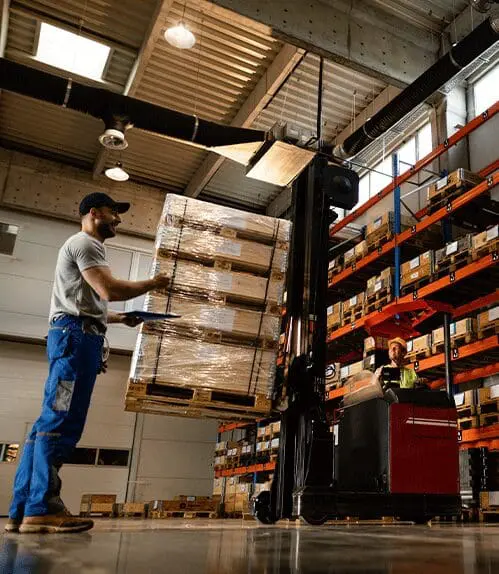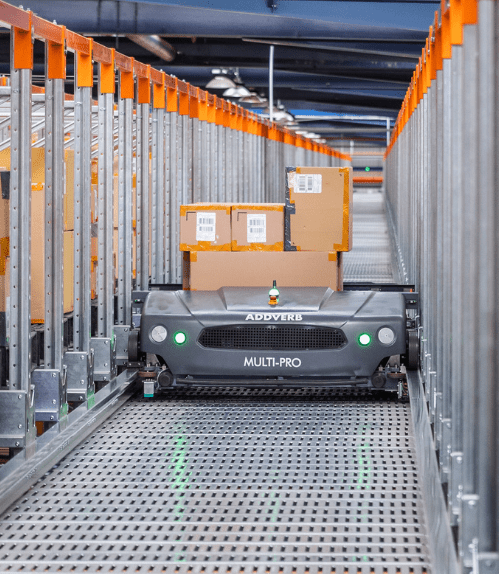The retail sector has seen tremendous change as a result of the growth of the e-commerce industry. The grocery industry has recently been putting in its best efforts to meet the demands of rapidly increasing online purchases.
But e-grocery has had some pains, especially when it comes to completing and delivering orders on schedule. The Covid-19 pandemic, which has increased online grocery shopping and put pressure on grocery chain stores and small grocery stores’ capacities, has made these problems worse.
Fortunately, many of these growing pains have a solution because of the advancement in technology. In e-grocery chain stores, automation is becoming more and more crucial as it enables retailers to improve customer satisfaction, cut costs, and streamline processes.
Order fulfilment is one problem where automation is having a significant impact. Picking and packing orders by hand in traditional food stores can be labour-intensive and error-prone. However, shops can expedite the procedure and guarantee higher accuracy with the aid of automation.
Robotics, artificial intelligence, and machine learning are all used in automated order fulfilment systems to choose and pack things efficiently. Retailers can satisfy demand and shorten delivery times because of these systems’ ability to process a large number of requests at once. As the systems are designed to recognise goods and detect potential problems, such as inaccurate or missing products, they also lower the likelihood of errors.
Automation is also assisting merchants in optimising their inventory management. Retailers can estimate demand and change inventory using artificial intelligence and machine learning. This helps to decrease waste and ensure that products are always available when customers require them.
Additionally, digitalised inventory management systems can notify shops when products are running short or about to expire, lowering the risk of stockouts and waste. They can also assist merchants in more efficiently managing their e-commerce supply chain by automating the ordering and delivery of products from suppliers.
Automation can assist merchants in lowering costs and increasing profitability. Retailers can lessen their dependence on human workers and labour costs by automating labour-intensive processes such as order pickup and delivery. This can assist to offset the initial expenses of automation and ultimately make e-grocery more profitable.
Furthermore, automation can enhance the consumer experience by making it faster, more comfortable, and more dependable. Order fulfilment and delivery systems that are automated can ensure that orders are delivered on time and in good condition, increasing customer satisfaction and loyalty. Automated inventory management may ensure that products are always in stock, lowering the chance of consumer disappointment.
Addverb Technologies offer automated solutions for the e-commerce supply chain. Their extensive products like AMR, Carton Shuttle, Pick-by-light, and RSS, offer warehouse benefits for varying industry requirements. Let’s understand these in detail.
AMR
Addverb Technologies’ robust AMR (Autonomous Mobile Robot) powered by natural navigation, Dynamo, enables efficient and seamless material movement of up to 100 kg powered by natural navigation.
Carton Shuttle
Quadron, a carton shuttle by Addverb Technologies is designed to transport goods from one point to another quickly and efficiently, allowing for greater productivity and streamlined processes. Carton shuttles can help to organise products in the warehouse, making it easier for workers to locate and retrieve items as needed.
Pick-by-light
Rapido, is a light–directed picking technology that provides an accurate and efficient method of paperless picking and putting. Designed to eliminate time-consuming searches and reduce errors; it optimises your workflow and boosts productivity.
SortIE, Addverb Technologies’ fully automated robotic sortation system, offers improved efficiency of order sortation and quick order fulfilment with its modular design. It is designed for sorting SKUs at different levels of height and positions for hassle-free rapid sortation.
In conclusion, e-grocery is a rapidly growing industry that has been experiencing some growing pains. However, automation is providing a cure for many of these challenges, by streamlining operations, reducing costs, and improving the customer experience. By leveraging the power of robotics, artificial intelligence, and machine learning, retailers can optimise their order fulfilment, delivery, and inventory management processes, making e-grocery faster, more efficient, and more reliable. While there are still challenges to overcome, automation is a critical tool for retailers looking to compete in the e-grocery space and meet the needs of customers in the digital age.






